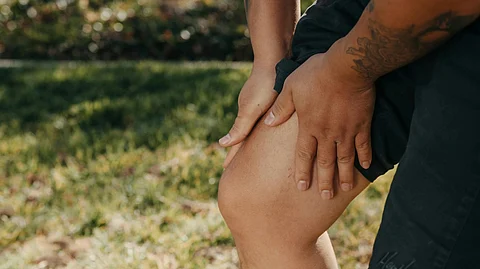Experiencing a sensation where the knee catches, locks, or momentarily becomes stuck during movement is often associated with meniscal tears or loose bodies within the joint. These symptoms can arise suddenly and may make it difficult to fully extend or flex the knee without a painful "snap" or shift. While the issue may seem intermittent at first, repeated locking or catching episodes can signal that parts of the joint structure are no longer aligned or are obstructing movement. Left unaddressed, this type of mechanical problem can lead to accelerated cartilage wear and more significant joint dysfunction, emphasizing the need for early intervention.
Recognizing the early signs of knee joint damage can make a significant difference in outcomes and long-term joint health. From subtle stiffness to alarming locking episodes, these symptoms are the body’s way of signaling that something isn't right. Prompt medical evaluation, lifestyle modifications, and appropriate treatment can help prevent further deterioration and preserve mobility. Don’t ignore what your knees are trying to tell you. Catching joint damage early is key to maintaining a pain-free and active life.
MBT pg


